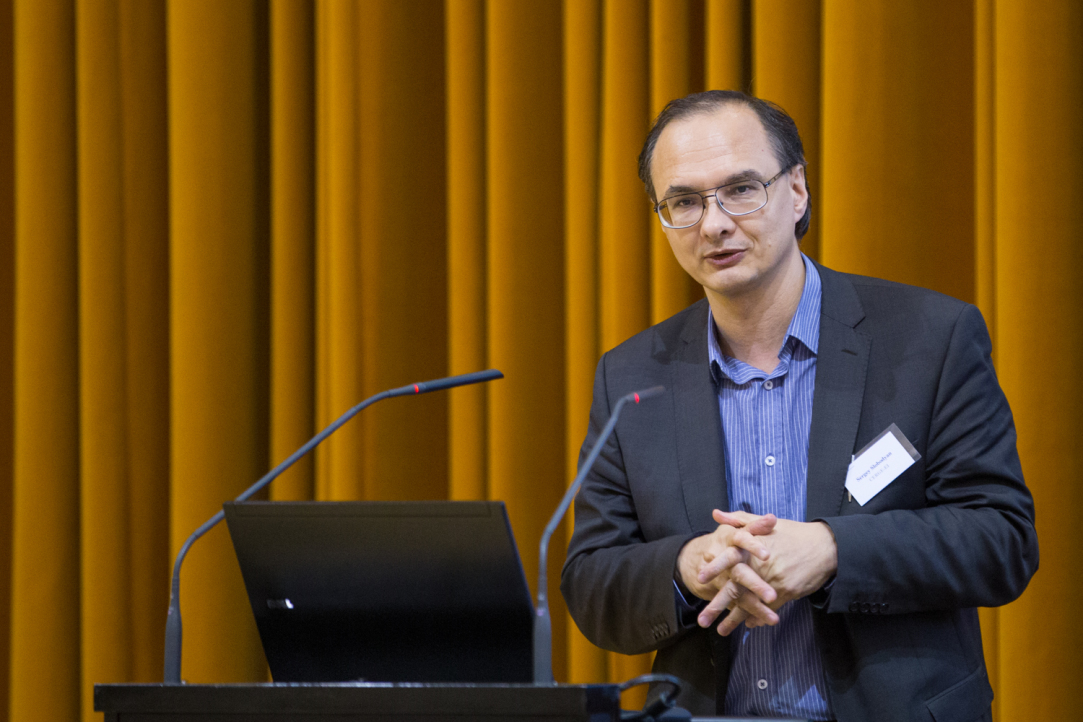В старых версиях браузеров сайт может отображаться некорректно. Для оптимальной работы с сайтом рекомендуем воспользоваться современным браузером.
✖
- A
- A
- A
- ABC
- ABC
- ABC
- А
- А
- А
- А
- А
Regular version of the site
Saint Petersburg, Kantemirovskaya 3 A.
Administration
Head
–
Aleksandr V. Butukhanov
Book
Orlando G., Sportelli M.
Ekaterinburg: Springer, 2022.
Article
Afanasev K., Zhuravleva T., Hannum C.
Journal of Economic Interaction and Coordination. 2025.
Book chapter
Sorokin K., Andrey Z., Levin A. et al.
In bk.: Data Analytics and Management in Data Intensive Domains: 25th International Conference, DAMDID/RCDL 2023, Moscow, Russia, October 24–27, 2023, Revised Selected Papers. Vol. 2086: Communications in Computer and Information Science. Springer, 2024. P. 77-87.
Working paper
Shchiptsova A., Obersteiner M.
arxiv.org. General Economics. Cornell University, 2025

What happens after 4%?
Director of the department of economics and academic head of MA Program in Applied Economics and Mathematical Methods Sergey Slobodyan talked at the XXVI International Financial Congress “Finance for Development”, which took place July 12-14, 2017 in St Petersburg with support from the Central Bank of Russia.

Date
July 19, 2017
Topics
Keywords
About
